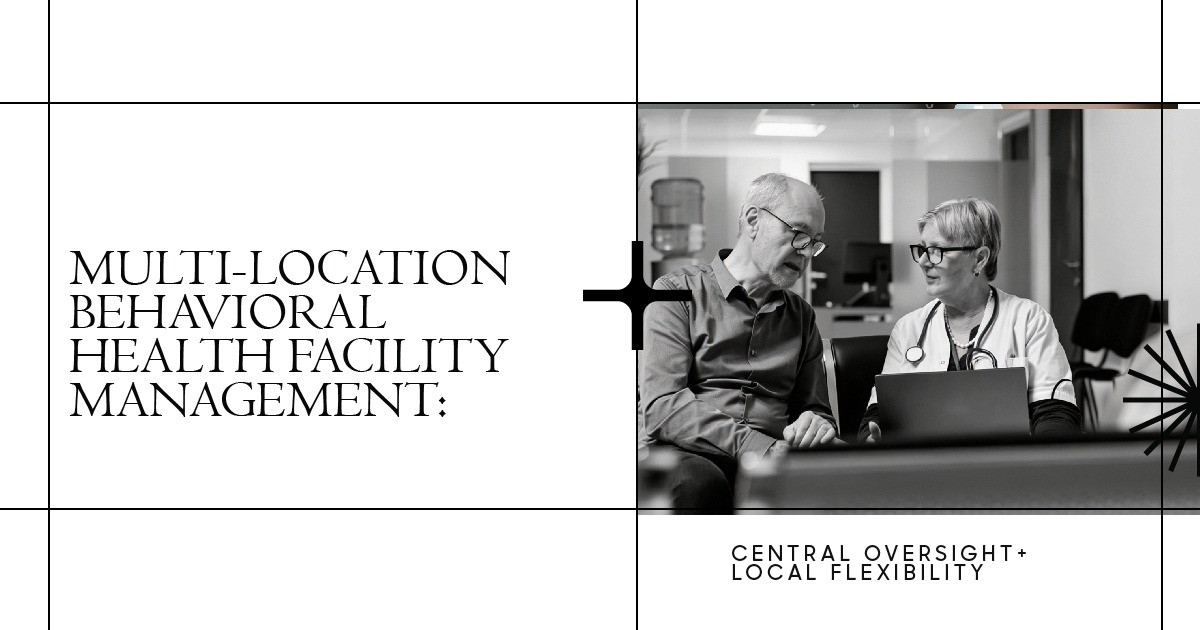Every therapist needs to be prepared to assess, manage, and reconcile crises. In more acute settings, clinicians are generally trained to adhere to established protocols. When there is milieu-based care, each member of the team has specific responsibility for crisis management. But even in outpatient settings, where crises may be less typical, therapists still need to have clear guidelines.
Defining a Client Crisis
The definition of a crisis can be subjective, and a client’s perception of a crisis can be much different than a therapist’s perception. Generally speaking, a crisis represents the “risk of imminent harm or danger” in a client’s life.
Clients in crises feel overwhelmed by their thoughts and feelings, and are at a greater risk for relapse and emotional decompensation. Crises can escalate quickly, and symptoms can ebb and flow in the immediate aftermath.
It is not the therapist’s job to fix a crisis. However, it is a therapist’s responsibility to be aware of the legal and ethical implications of such management. Mishandling crises can adversely impact the therapeutic relationship and impact a client’s overall safety.
Review Informed Consent Information
Informed consent refers to providing substantial information about the therapeutic process. All therapists must review these policies before initiating treatment with new clients. It’s also important for therapists to invite clients to ask any questions they have about their treatment protocol.
That said, informed consent is rarely a one-time conversation; instead, the rules and expectations should regularly be discussed, especially when different circumstances arise. When it comes to safety and crisis issues, informed consent should outline:
- state confidentiality laws regarding abuse reporting
- state confidentiality laws regarding suicidal and homicidal safety
- policies about releases of information and what they do/do not entail
- therapist availability between sessions (i.e. emergency plans)
- realistic expectations/general intentions of the therapeutic process
Proper Risk and Safety Assessment
Every therapist needs to have specific strategies for discerning risk and evaluating safety. Proper assessments should be administered at the onset of treatment and any time a therapist has a concern about a client’s well-being.
It’s essential to model being comfortable talking about sensitive topics directly. Many clients feel uncomfortable disclosing anything that triggers a sense of shame. A strong therapeutic relationship requires a sense of mutual respect and safety- aiming to prioritize a deeper understanding of the client’s needs while also measuring their current well-being helps to strike this balance.
Safety Planning
Creating a safety plan with a client fosters client autonomy and can empower them to cope adaptively during heightened moments. Research supports that safety planning interventions are positively associated with reduced suicidal ideation and suicide-related outcomes.
A safety plan should include immediate crisis phone numbers for the local emergency room and national helplines. Clients should also identify 2-3 supportive people they can contact when experiencing a crisis. Finally, it’s helpful to list immediate coping strategies that can help stabilize acute distress.
Thorough Documentation
Therapist records need to be up-to-date, relevant, and competent enough should they face legal scrutiny. This is the standard for every therapy session, but it becomes even more important when crisis issues arise.
Documentation should always be as clear and concise as possible. All notes should reflect current clinical outcomes, goals, and interventions. Accuracy at all levels is essential. If you choose to use any abbreviations, make sure they have universal relevance. Anyone reading clinical notes should be able to easily understand the written content.
Consult For More Support
Therapists who work as solo practitioners need to be connected to outside support. Supervision and consultation groups provide an external perspective when managing crisis issues.
Therapists should also extend their network to other medical professionals, including physicians, psychiatrists, and specific clinical specialists. When working with children and adolescents, collaborations with parents and teachers can be invaluable.
Follow-Up Care
After a crisis passes, a client is still in a tender state of mind. In fact, many people struggle more profoundly after the initial shock and adrenaline wanes. It’s important for therapists to be mindful of their clients’ emotional states and be meticulous in their ongoing assessments.
Continue assessing mental health status: Assess for suicidal/homicidal ideation at each session. Clients with histories of psychosis or significant mental health issues may need extra monitoring.
Monitor acute symptoms: Note any symptoms that may be worsening. Be mindful of symptoms like dissociation, panic attacks, increased substance use, or extreme anger at this time.
Increase session frequency: Many clients benefit from temporarily increasing the frequency of their therapy sessions when a crisis occurs. Discuss payment options to determine if this is feasible. Therapists can also consider adding a phone or email support option. Be aware that clients may decide to reduce or stop attending sessions as a withdrawal tactic.
Engage in external resources: It’s important to have crisis resources available. Encourage the client to tap into existing coping skills and their own support system.
Best Practices for Managing Crisis Issues Within the Therapy Process
Crises are inevitable in the work of therapy. An effective therapist prepares for the possibility of such concerns from the start of the first session. As the therapy relationship progresses, they remain mindful of a client’s specific needs, and they stay focused and up-to-date on current evaluation practices within the field.




